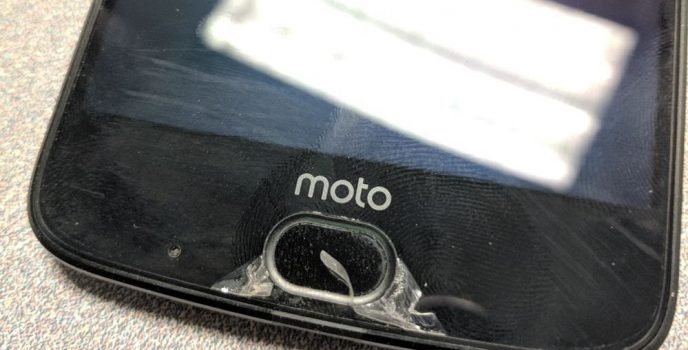Affiliate links on Android Authority may earn us a commission. Learn more.
Moto Z2 Force owners report screen peeling issue

- Owners of the Moto Z2 Force are reporting that the screen layer under their screen protector is peeling away.
- Currently, Motorola’s response is to charge for a repair, even though the phone is less than a year old.
- This is especially troubling because the marketing of the device heavily emphasized its “shatterproof” screen.
Although Lenovo reported a significant increase in market share for its mobile brand Motorola during Q3 2017, the good news was marred by the bad news that its current flagship device, the Moto Z2 Force, is not selling well. Between August and November of 2017, the device sold less than 200,000 units, despite being for sale at all four carriers and coming with some hefty promotions.
Now it looks like more bad news is on the way, as a wave of Moto Z2 Force owners are reporting that their months-old devices have a screen peeling problem.

One of the major selling points of the Moto Z2 Force is its “shatterproof” screen. Using a five-layer protection system, Motorola assures customers that the screen is completely unbreakable.
The top of those five layers is a screen protector that can be removed and replaced like any normal protector, but underneath that is another layer of screen protection.
It appears that this second layer is peeling away from the third layer on many devices, resulting in phones that look like this (via PiunikaWeb):
Adding insult to injury, Motorola’s response thus far to customers reporting the issue is that the company will repair the screen for $50, despite the fact that the phones are still under warranty (the device is less than a year old) and the marketing for the device heavily emphasizes the shatterproof screen.
Unsurprisingly, Moto Z2 Force owners are not taking Motorola’s response very well. It seems that Lenovo didn’t learn the biggest lesson from Apple’s Batterygate: don’t deceive your customers.
We’ll update this article should Motorola decide to change its current stance on what is clearly a contentious issue among consumers.